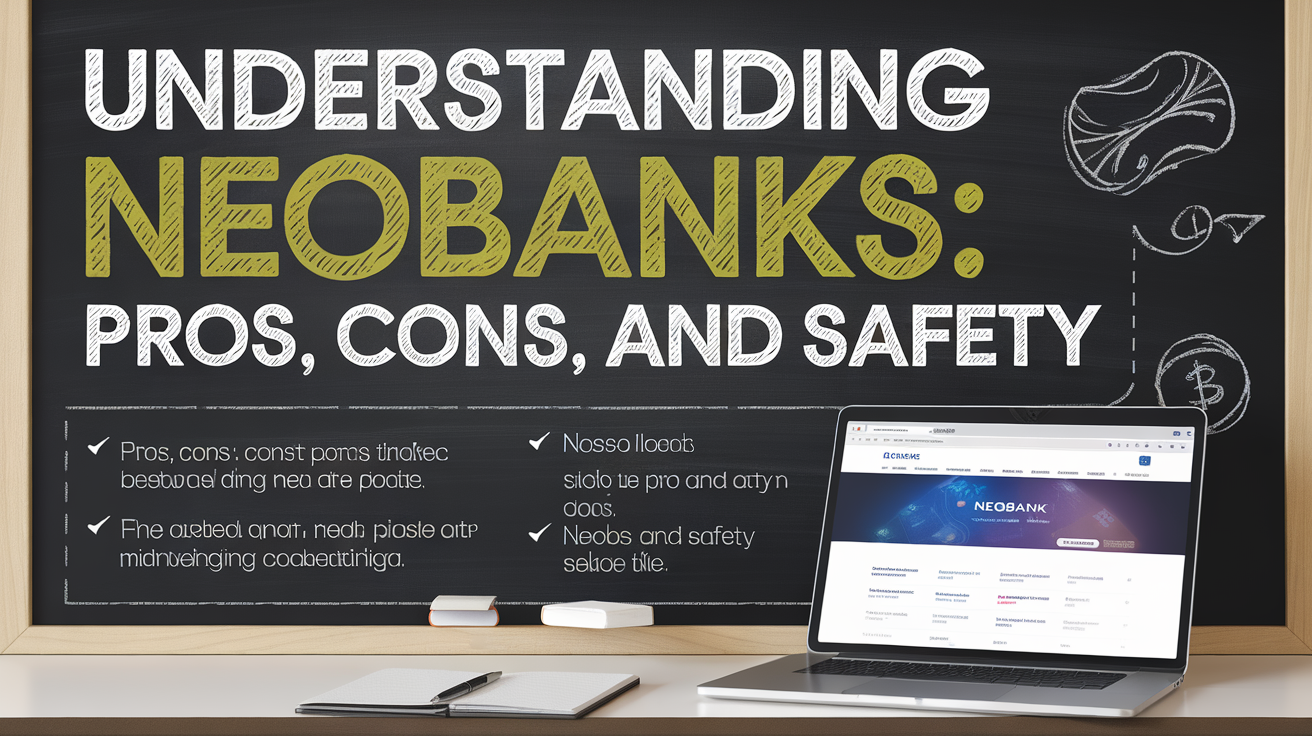Understanding Credit Card APR and How to Secure the Best Rates
At O1ne Mortgage, we prioritize consumer credit and finance education to help you make informed decisions. With the Federal Reserve raising interest rates multiple times between March 2022 and May 2023, the average APR on credit cards has seen a significant increase. This rise in interest rates can be concerning, but understanding how credit card APR works and how to secure the best rates can help you manage your finances more effectively.
Is There a Maximum Credit Card APR?
There is no federal law that limits the interest rates credit card companies can charge in general. However, for active-duty military service members and their covered dependents, the Military Lending Act caps credit card interest rates at 36%. Additionally, the Servicemembers Civil Relief Act allows active-duty service members to request a credit card interest limit of 6% for balances incurred before active duty.
Some states have usury laws that limit the amount of interest that can be charged on different kinds of loans. These laws typically apply in the state where the credit card issuer is based, not necessarily where you live. Credit card companies often base their operations in states with favorable or nonexistent usury laws.
What’s a Good Interest Rate on a Credit Card?
A good interest rate on a credit card is one that falls below the national average. According to data from the Federal Reserve, the average credit card interest rate in Q1 2023 was 20.92%. Credit card APRs often rise and fall with changes in the federal funds rate, which can trigger increases in the prime rate—the rate on which most credit card interest is based.
How to Check Your Interest Rates
To determine if you have a good interest rate, check the rate and fee information on your credit card statement or new card offer. The Schumer box, a graphic that shows APRs and other charges associated with your card, can help you understand your purchase rate and the rate you pay on balances carried over month to month.
Other Factors That Affect Your Rate
Your credit card interest rate may depend on various factors related to your card and your personal credit profile:
- Credit score: Cardholders with better credit can qualify for cards with lower APRs.
- Promotional rates: Some cards offer special limited-time promotional interest rates on balance transfers or purchases.
- Penalty APRs: Late payments can trigger penalty interest rates that are much higher than your card’s usual APR. Check your card agreement to find out how long the penalty rate lasts.
- Cash advance rate: The APR for cash advances may be higher than your regular purchase rate.
- Secured vs. unsecured cards: Secured credit cards, which require an opening deposit, typically have higher interest rates than unsecured cards.
How to Find the Best Interest Rate on a Credit Card
If you’re in the market for a new credit card, shopping around can help you secure the best APR. Follow these steps to get the information you need:
1. Check Your Credit
Good credit can help you secure the best interest rate on a new card. Obtain copies of your credit reports from all three credit reporting agencies—Experian, TransUnion, and Equifax—by visiting AnnualCreditReport.com. You can also get your credit report and check your FICO® Score for free from Experian at any time.
2. Compare Cards
Comparing multiple cards can help you find the most competitive rate. Use online search tools to connect with multiple credit card offers based on your credit profile. Look for cards that offer the best terms for your needs, whether it’s cash back rewards or a low introductory APR.
3. Read the Fine Print
Before signing a card agreement, read the Schumer box and the fine print to understand how your interest rate is calculated. Check for promotional interest rates, penalty rates for late payments, and other details that may affect your APR.
If credit issues are preventing you from getting a competitive APR, consider taking the next six months to a year to work on improving your credit. Making on-time payments, reducing your credit utilization, and avoiding multiple new accounts can help lift your credit score over time.
The Bottom Line
Rising credit card interest rates can be frustrating, but understanding how to manage and secure the best rates can help you stay on top of your finances. If you’re looking for a new card with a more favorable APR or a personal loan to consolidate your debt, start by checking your credit report and credit score. Improving your credit score can open up better opportunities for lower interest rates.
At O1ne Mortgage, we are here to help you navigate the complexities of credit and finance. For any mortgage service needs, call us at 213-732-3074. Our team of experts is ready to assist you in finding the best solutions for your financial goals.

